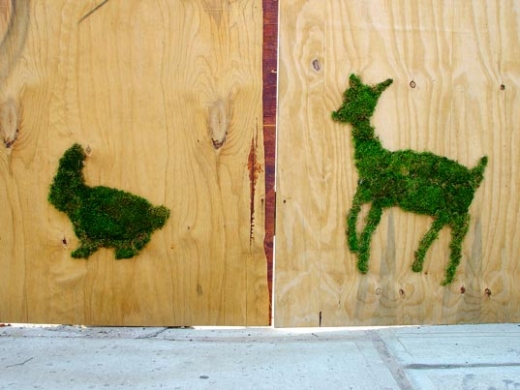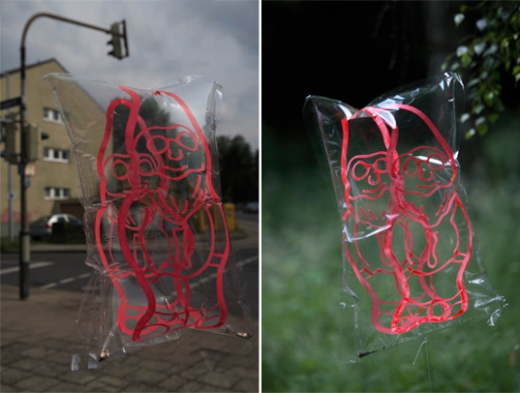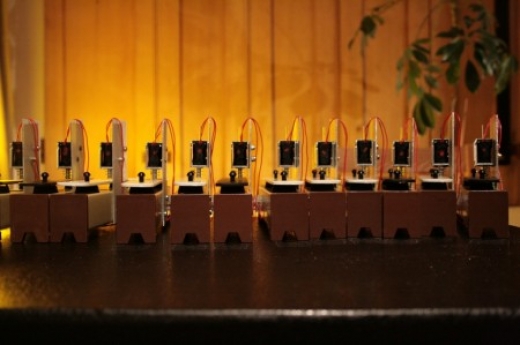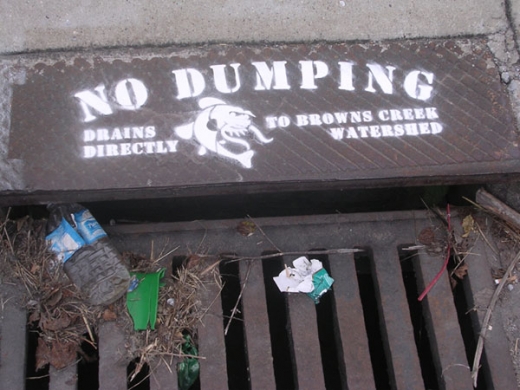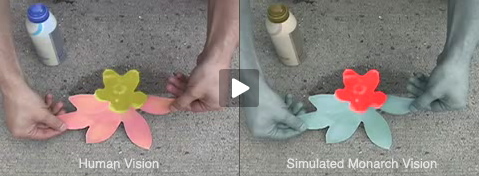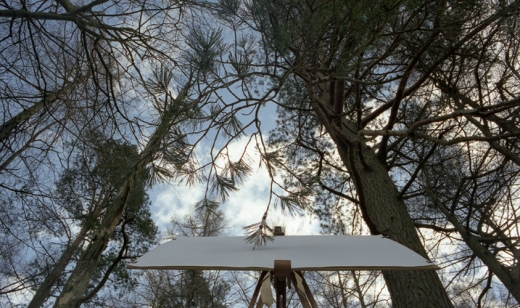
Attaching pens to branches of trees, Tim Knowler produces tree drawings, or rather, sets up the situation in which a tree can produce drawings. I was pleasantly reminded of his work, having come across it sometime last summer, through an email and Inhabitant.
From his artist statement,
“The exploration of Chance and Process is core to my artistic practice. Akin to scientific experimentation and investigation, the results of my projects [although operating within carefully developed controls and parameters] are unpredictable and outside my control. It is the wind, postmen, the motion of a vehicle, or players of a game that unwittingly determine the outcome.”
I will be forever interested in the idea of chance within artwork, especially when the elements of chance are coming from nature.
[via]
